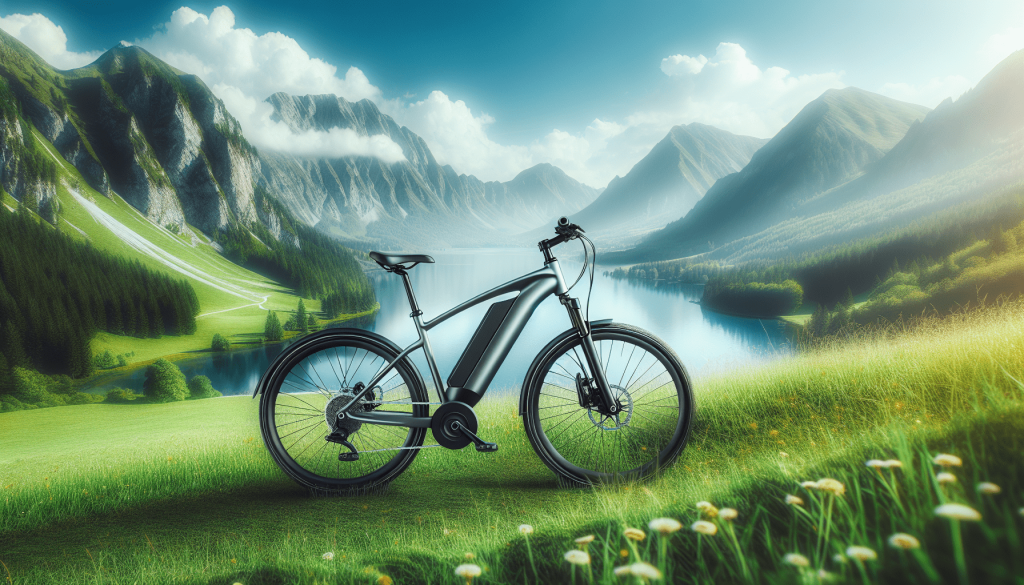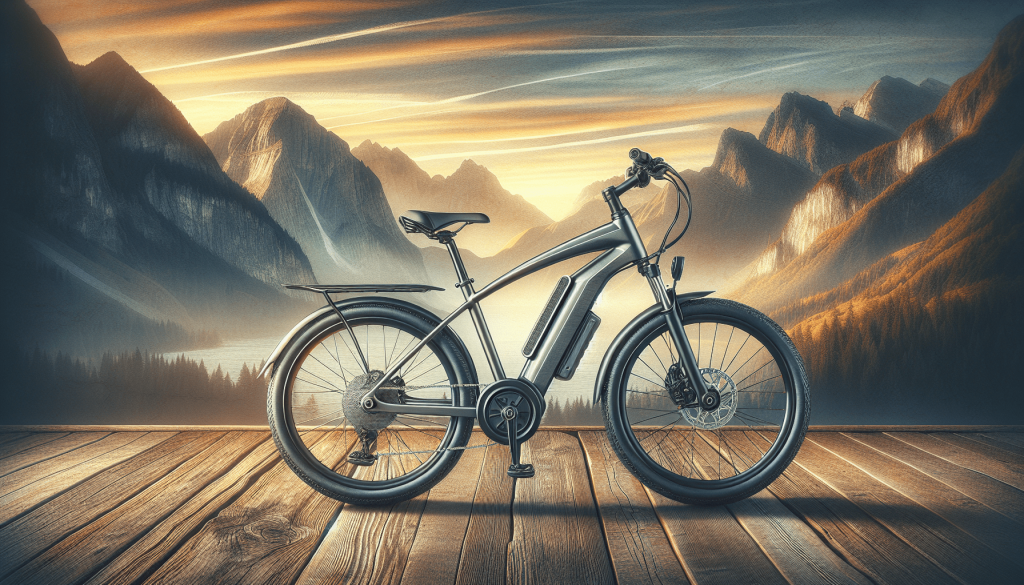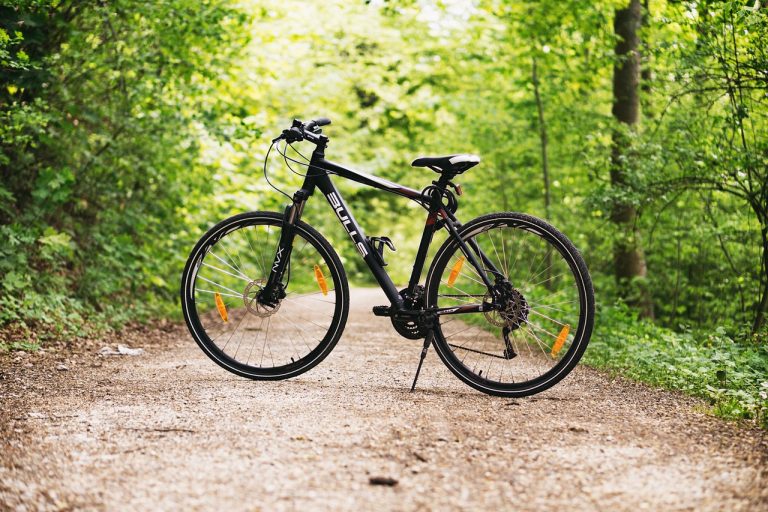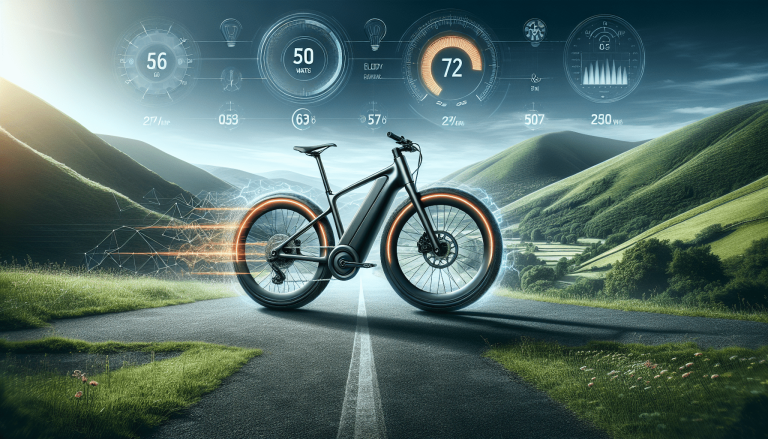What Is The Average Lifespan Of An Ebike?
So you’ve just purchased an ebike and you’re curious about how long it will last. Well, you’ve come to the right place! In this article, we will explore the average lifespan of an ebike, providing you with insights and information to help you make the most out of your investment. From the factors that affect the durability of your ebike to maintenance tips and tricks, get ready to discover all you need to know about how long you can expect your ebike to ride alongside you on your adventures.
Factors that affect the lifespan of an ebike
When it comes to the lifespan of an ebike, several factors come into play. From the quality of components to battery lifespan, maintenance practices, frequency of use, and the terrain and riding conditions, each of these factors can determine how long your ebike will last. Let’s take a closer look at each of these factors and how they impact the overall longevity of your electric bike.
Quality of components
The quality of components used in the construction of an ebike plays a significant role in determining its lifespan. From the frame to the motor and electronic components, each must be built with durability in mind.
Frame quality
A sturdy and well-built frame is essential for the longevity of an ebike. A high-quality frame will be made from durable materials such as aluminum or carbon fiber, designed to withstand the rigors of daily riding and various terrains.
Motor quality
The motor is the heart of an ebike, and its quality is crucial for its lifespan. A reliable and efficient motor will not only provide a smooth and powerful riding experience but will also have a longer lifespan. Look for motors from reputable brands known for their durability and performance.
Electronic components
The electronic components, including the controller and wiring, can significantly impact the lifespan of an ebike. Opting for high-quality electronic components that are well-protected from water and other environmental factors will ensure a longer lifespan.

Battery lifespan
The battery is a critical component of an ebike, as it powers the motor. Understanding the factors that affect battery lifespan will help you maximize the life of your ebike’s battery.
Battery chemistry
Different types of ebike batteries, such as lithium-ion or nickel-metal hydride, have varying lifespans. Lithium-ion batteries, for example, are known for their longevity and are commonly used in modern ebikes. Understanding the chemistry of your ebike’s battery and its expected lifespan can give you insight into how long it will last.
Battery management system
The battery management system (BMS) is responsible for maintaining the health of the battery. A well-designed BMS will help prolong the lifespan of the battery by preventing overcharging, optimizing charging cycles, and ensuring the battery stays within its optimal temperature range.
Charging practices
Proper charging practices can significantly impact battery lifespan. Avoid overcharging or letting the battery completely drain. Optimal charging involves maintaining the battery between 20% and 80% charged. Additionally, using the manufacturer’s recommended charger and avoiding extreme temperatures during charging can help preserve the battery’s lifespan.
Number of charge cycles
Every time you charge and discharge your battery, it goes through a charge cycle. The number of charge cycles an ebike battery can withstand before its capacity diminishes varies depending on the battery chemistry. Understanding the expected number of charge cycles for your battery can give you an estimate of its lifespan.

Maintenance practices
Regular maintenance is key to keeping your ebike in good condition and ensuring its longevity. By following proper maintenance practices, you can minimize wear and tear and identify potential issues before they become significant problems.
Regular cleaning and lubrication
Regularly cleaning your ebike, especially after rides in muddy or dusty conditions, can help prevent the accumulation of dirt and other debris that can cause damage. Additionally, lubricating key components such as the chain and gears will reduce friction and extend their lifespan.
Tire pressure maintenance
Maintaining proper tire pressure is crucial for the overall performance and lifespan of your ebike. Underinflated or overinflated tires can result in decreased efficiency, increased rolling resistance, and premature wear. Regularly check and adjust the tire pressure according to the manufacturer’s recommendations.
Brake maintenance
The brakes are an essential safety feature on an ebike, and proper maintenance is vital. Regularly inspect and adjust the brake pads, ensuring they have sufficient material for effective braking. Additionally, check the brake cables and hydraulic systems for any signs of wear or damage.
Regular check-ups and tune-ups
Just like any other mode of transportation, ebikes require regular check-ups and tune-ups. Taking your ebike to a professional bike shop for routine maintenance can help identify any potential issues and ensure that all components are in optimal condition.

Frequency of use
The frequency of use is another factor that can influence the lifespan of an ebike. How often you ride your electric bike can impact its overall durability and performance.
Daily commuting
If you use your ebike for daily commuting, putting it through regular wear and tear, it may have a slightly shorter lifespan compared to occasional recreational rides. However, well-maintained ebikes designed for daily use should still last several years.
Occasional recreational rides
If you primarily use your ebike for occasional recreational rides, it may experience less wear and tear compared to daily commuting. With proper maintenance and care, an ebike used for occasional rides can last even longer.

Terrain and riding conditions
The terrain and riding conditions also play a significant role in the lifespan of an ebike. Different terrains and riding conditions can put varying amounts of stress on the components of your electric bike.
Smooth paved roads
Riding on smooth paved roads is generally less demanding on an ebike compared to off-road trails or hilly terrains. The smoother the surface, the less strain there is on the components, resulting in a potentially longer lifespan for your ebike.
Off-road trails
Off-road trails can be more challenging for an ebike, as they often involve rough terrain, obstacles, and potential impacts. The constant jolts and vibrations can put additional stress on the frame, motor, and other components, potentially reducing their lifespan.
Hilly terrains
Climbing hills or riding in hilly areas can also impact the lifespan of an ebike. The motor and battery may be subjected to higher loads and increased heat generation, potentially reducing their longevity.

Average lifespan range
When considering the average lifespan of an ebike, several factors come into play. While manufacturer claims and real-world experiences can provide some insight, it is essential to understand that the lifespan of an ebike can vary.
Manufacturer’s claim
Different ebike brands and models come with varying lifespan claims. Some manufacturers may state the expected lifespan in terms of mileage, while others may provide a specific number of years.
Real-world experiences
User-reported lifespans can also provide valuable information. Real-world experiences can vary depending on the quality of components, maintenance practices, frequency of use, and riding conditions. Reading user reviews and testimonials can give you an idea of how long others have been able to enjoy their ebikes.
General estimation
As a general estimation, an ebike can be expected to last between 2 to 5 years, depending on the factors mentioned above. However, with proper maintenance and care, some ebikes have been known to last even longer. In terms of mileage, most ebikes can easily cover anywhere between 10,000 to 30,000 miles during their lifespan.
In conclusion, the lifespan of an ebike is influenced by various factors, including the quality of components, battery lifespan, maintenance practices, frequency of use, and terrain and riding conditions. By investing in an ebike with high-quality components, following proper maintenance practices, and considering the terrain you’ll be riding on, you can ensure that your electric bike enjoys a long and reliable lifespan. Remember, it’s not just about the initial purchase; maintaining and caring for your ebike is equally important in extending its longevity.







